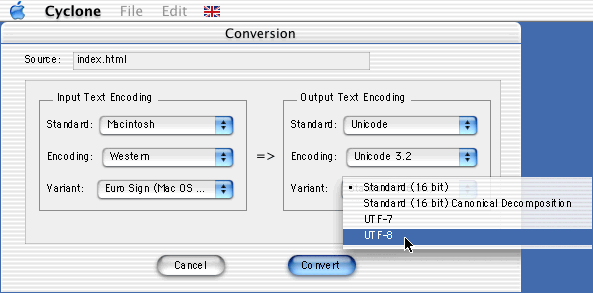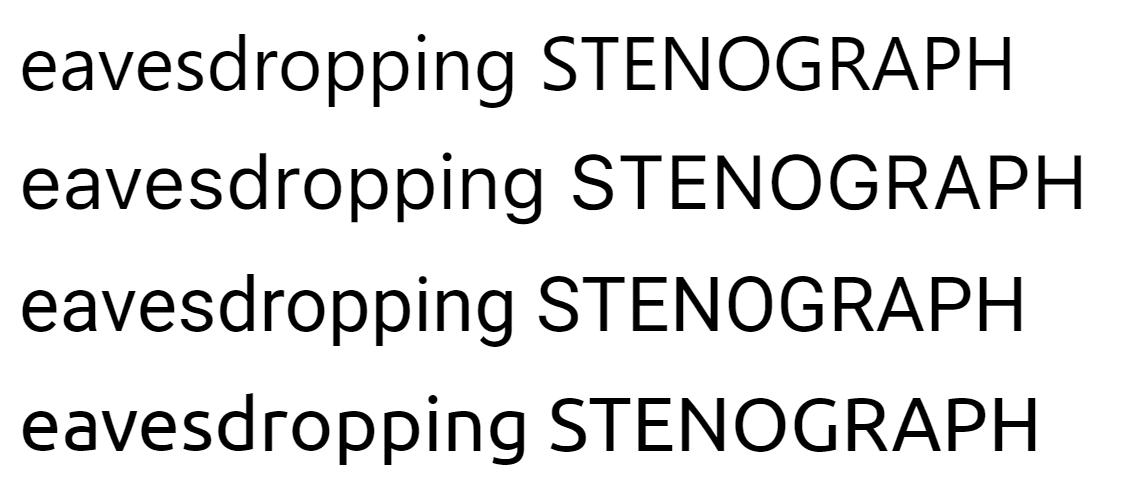

Some of these differences are persistent and specific to printed type (or even the Minchō style), but others may be no more significant than variations between individual typefaces. There are some variations between the printed and handwritten forms of many Chinese characters, especially in the orientation of smaller strokes and the shape of certain radicals. Unlike regular Song typefaces, these are not called Ming typefaces. Imitated Song typefaces ( simplified Chinese: 仿宋体 traditional Chinese: 仿宋體 pinyin: fǎng sòng tǐ) combine the line weights of regular Song typefaces with the stroke layout and decoration of regular script, of handwritten style (for example, the horizontal strokes are tilted towards upper right). In Korea, popular fonts such as Batang are based on Kangxi style. In Japan, dictionary entries offer both new and old fonts. In Taiwan, the government uses the new orthographic style, which is incorporated into MingLiU version 5.03 or above. After the postwar kanji reforms in Japan, most of the Kangxi style characters were considered kyūjitai (old style), causing newer dictionaries to either incorporate two letter styles, or to simply reject the old styles. The styling of the strokes used in the old Song and Ming fonts came from the style used in the Kangxi dictionary.

Some of the differences are caused by character simplification or word choices, while others are purely orthographic differences such as stroke styling. Often there are number of different ways to write the same Chinese character these are collectively referred to as variant Chinese characters. Possessing variable line weight and characteristic decorations at the end of lines similar to serifs, this type style is comparable to Western serif typefaces, as opposed to the Gothic styles which are comparable to sans-serif. These characteristics are visible in the example above. Triangular ornaments at the end of single horizontal strokes called uroko ( 鱗, literally "fish scales") in Japanese, comparable to serifs.Thick vertical strokes contrasted with thin horizontal strokes.This typeface is characterised, among other things, by the following: Korean: Hangul: 명조체 Hanja: 明朝體 Revised Romanization: Myeongjoche.Japanese: Kanji: 明朝体 Romaji: Minchōtai.Chinese: simplified Chinese: 宋体/明体 traditional Chinese: 宋體/明體 pinyin: Sòngtǐ/Míngtǐ.In Hong Kong and Taiwan, "Song typeface" has been used but "Ming typeface" has increased currency since the advent of desktop publishing. In Japan and Korea, "Ming typefaces" is prevalent (or "Mincho" in Japanese). In Mainland China, the most common name is "Song typefaces". The two names of the type style correspond to the two dynasties in Chinese history, the Song Dynasty during which it was created and the Ming Dynasty, during which the style flourished.


 0 kommentar(er)
0 kommentar(er)
